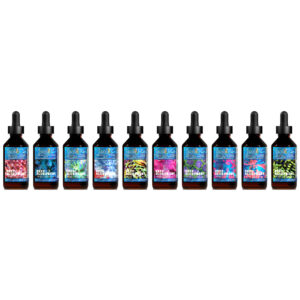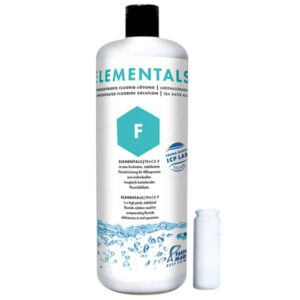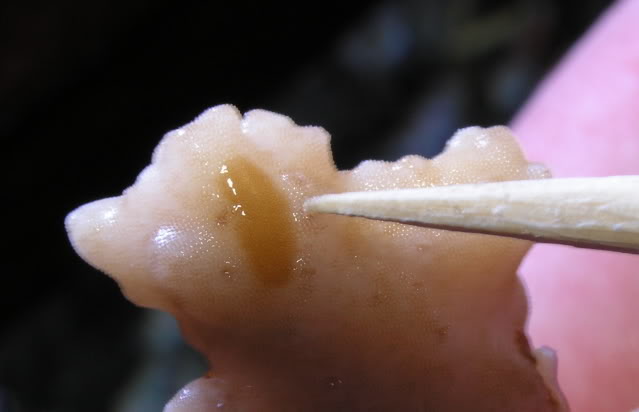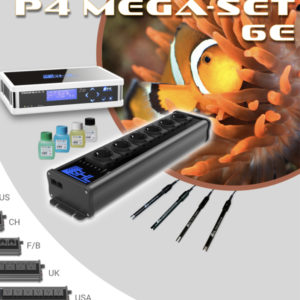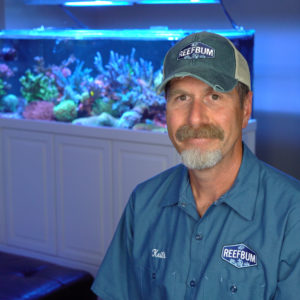Starting and maintaining a successful reef tank is not an easy task, even for veterans of the hobby. There are many curveballs capable of bringing a reef keeper to their knees that can cause them to “cry uncle”, especially during the early part of a tank’s life.
For my latest tank I encountered a few bumps in the road, forcing me to endure what I would term a rough start. Now mind you, I have been in the hobby for over 20 years so the knowledge I accrued has certainly made it easier for me to steer clear of past problems. For instance, in an old tank I had a wicked type of invasive algae that hitchhiked in on some live rock, forcing me to shut the tank down. With that in mind, I used dry rock versus live rock for my new tank to minimize the chances of it happening again.
Nonetheless, a veteran with my experience is not immune to trouble. It is humbling but at the same time refreshing to know there are so many new things you can learn during the reef keeping journey.
Common Issues With a Young Reef Tank
So what problems popped up with my new tank? Well, the first hiccup was a bacterial bloom, not an uncommon occurrence for a new tank. I never had one so I had to put my detective cap on to figure out how to eliminate the cloudy water, which was brought on mostly by some fish deaths. Ultimately, a UV sterilizer knocked out the problem.
Next up was a diatom bloom. Diatoms feed mainly off of silicates and they made their way into my tank via the top off water when a silicate removing cartridge in my RODI unit expired. The diatoms started to recede after I replaced the cartridge but they did remain on the sand and rock for a while. Turbo snails helped but turning the tank lights off for three days was the big knock out blow, as the diatoms were totally gone when the lights came back on. As you can see in this video, the tank is doing pretty well after a few months despite the early challenges.
Be Patient
Patience is certainly a virtue in this hobby so it is very important to keep that in mind when starting a new reef tank. There will be hurdles to overcome for both rookies and veterans so it is important to learn from those experiences and have realistic expectations when a tank is young.
Additional Resources
If you would like some help with a new tank build, including help designing a custom aquarium, or help re-configuring your current setup then you can visit this page for more information. And if you are looking to add some equipment, I do sell GHL, Pax Bellum, Reef Octopus Calcium and Kalk Reactors and Royal Exclusiv products, including Dreamboxes, which is the equipment I use and recommend. I also sell Reef Brite metal halide and LED fixtures as well as Maxspect & IceCap Gyres.
As for additional insights and information, please explore my many other reef tank and SPS related articles as well as my YouTube channel. For an even deeper dive into reef tank care you can check out my Reef Keeping Master Class. This online course is an immersive and one of a kind educational tool designed to help reef aquarium hobbyists build and maintain a beautiful SPS reef tank. The course is a series of video presentations with some supplemental video from my YouTube channel. There are also quizzes to help students retain and understand the information presented in the course.
Need some frags…..I can help with that as well 🙂 Please visit my SPS Frag store to see what is available.


